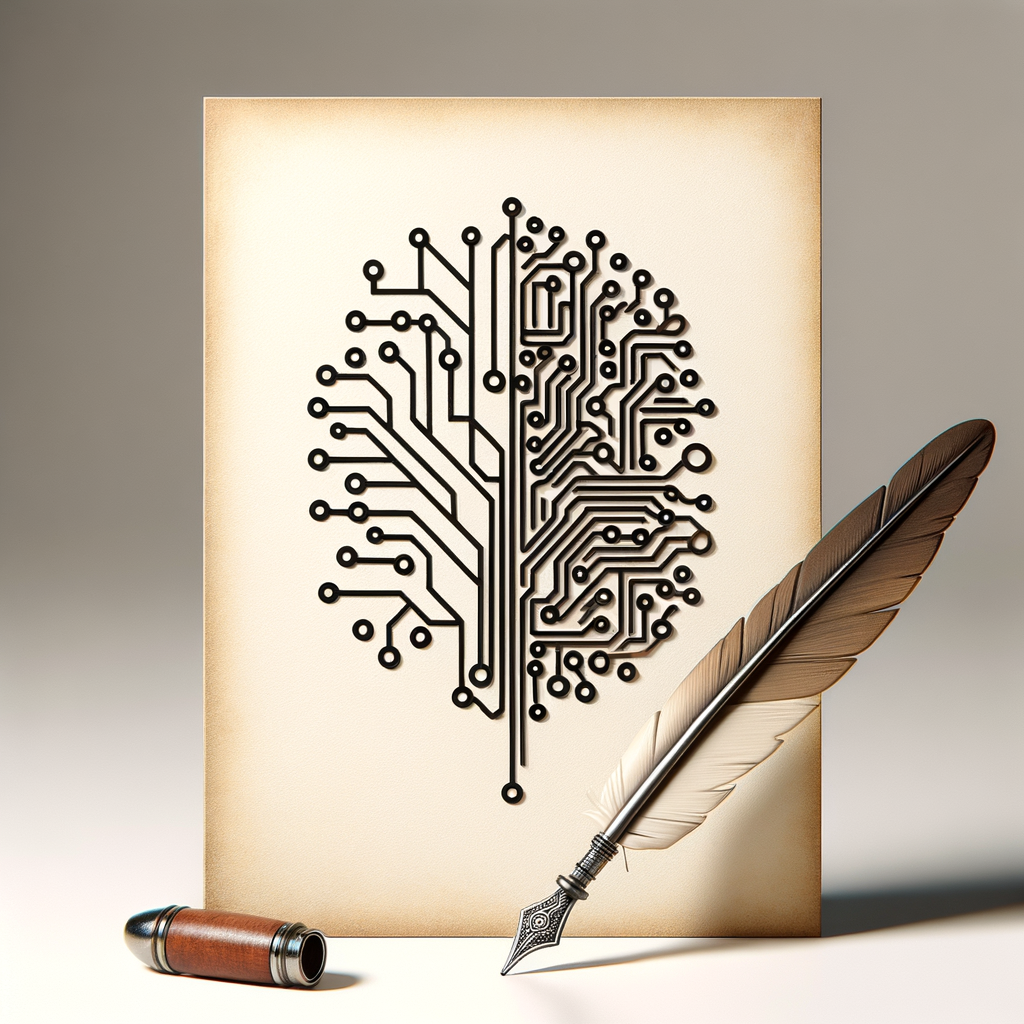
Crafting Tomorrow: The Intersection of Generative AI and Creative Writing
Explore how generative AI is revolutionizing the art of creative writing, blending technology with human imagination. This blog delves into innovative AI tools, their impact on authorship, and the future of storytelling in a rapidly evolving digital landscape.
Crafting Tomorrow: The Intersection of Generative AI and Creative Writing
The world of creative writing is experiencing a transformative shift, as generative AI tools begin to complement the age-old art of storytelling. Gone are the days when writers solely relied on pen and paper; today, artificial intelligence is stepping into the limelight, offering new avenues for creativity and collaboration.
The Rise of Generative AI in Writing
Generative AI refers to algorithms that can produce new content, ranging from art to sound, and now, pivotal literary works. At the heart of many modern applications are models like GPT (Generative Pre-trained Transformer), which have been trained on vast amounts of textual data, enabling them to generate coherent and contextually relevant narratives.
The Mechanics Behind Generative AI
To comprehend the impact of AI on writing, it's essential to understand its workings. Generative AI models operate on deep learning principles, where they analyze existing text data to craft narratives that mimic human-like understanding. These models learn from patterns, sentence structures, and nuances in language, allowing them to generate text that, at times, is indistinguishable from human-authored content.
Enhancing the Creative Process
-
Inspiration Boost: For writers facing the notorious writer's block, AI can serve as a catalyst for creativity. By generating prompts or story continuations, AI models offer fresh perspectives, reigniting the creative spark.
-
Collaborative Storytelling: Writers can now engage with AI as a creative partner – crafting novel plots, brainstorming unique character arcs, or even experimenting with unconventional narratives.
-
Efficiency in Editing: AI tools can assist in refining manuscripts by suggesting edits, checking grammar, and ensuring stylistic consistency, allowing authors to focus more on the creative aspects of writing.
Challenges and Ethical Considerations
While the advantages are plentiful, the intersection of AI and creative writing also presents challenges:
-
Authenticity and Ownership: The question of who owns AI-generated content is pivotal. Furthermore, the authenticity of a story's voice may be questioned if significant portions are AI-generated.
-
Bias in AI: Language models can sometimes reproduce biases present in their training data, leading to potentially problematic character depictions or plot outcomes.
-
Over-reliance on Technology: There's a risk that writers might lean too heavily on AI, potentially stifling their own creativity or unique storytelling style.
The Future of Storytelling
Looking ahead, the possibilities of integrating AI with creative writing are vast:
-
Interactive and Adaptive Narratives: With AI, stories could adapt in real-time to readers' preferences, creating personalized reading experiences.
-
Cross-Media Storytelling: AI can help produce content that seamlessly translates across different media, be it a novel, a screenplay, or an interactive game.
Conclusion
Generative AI marks a new era in the domain of creative writing, bridging the gap between technology and creativity. As we continue to explore this dynamic intersection, the future of storytelling looks promising—inviting a generation of writers to craft narratives that are both innovative and resonant.
In this evolving landscape, the key will be to harness AI as a tool that enhances, rather than replaces, the human touch in storytelling. Embracing these technological advances while upholding the core ethos of literature will ensure that artistry and technology coexist harmoniously, leading to richer and more diverse narratives.